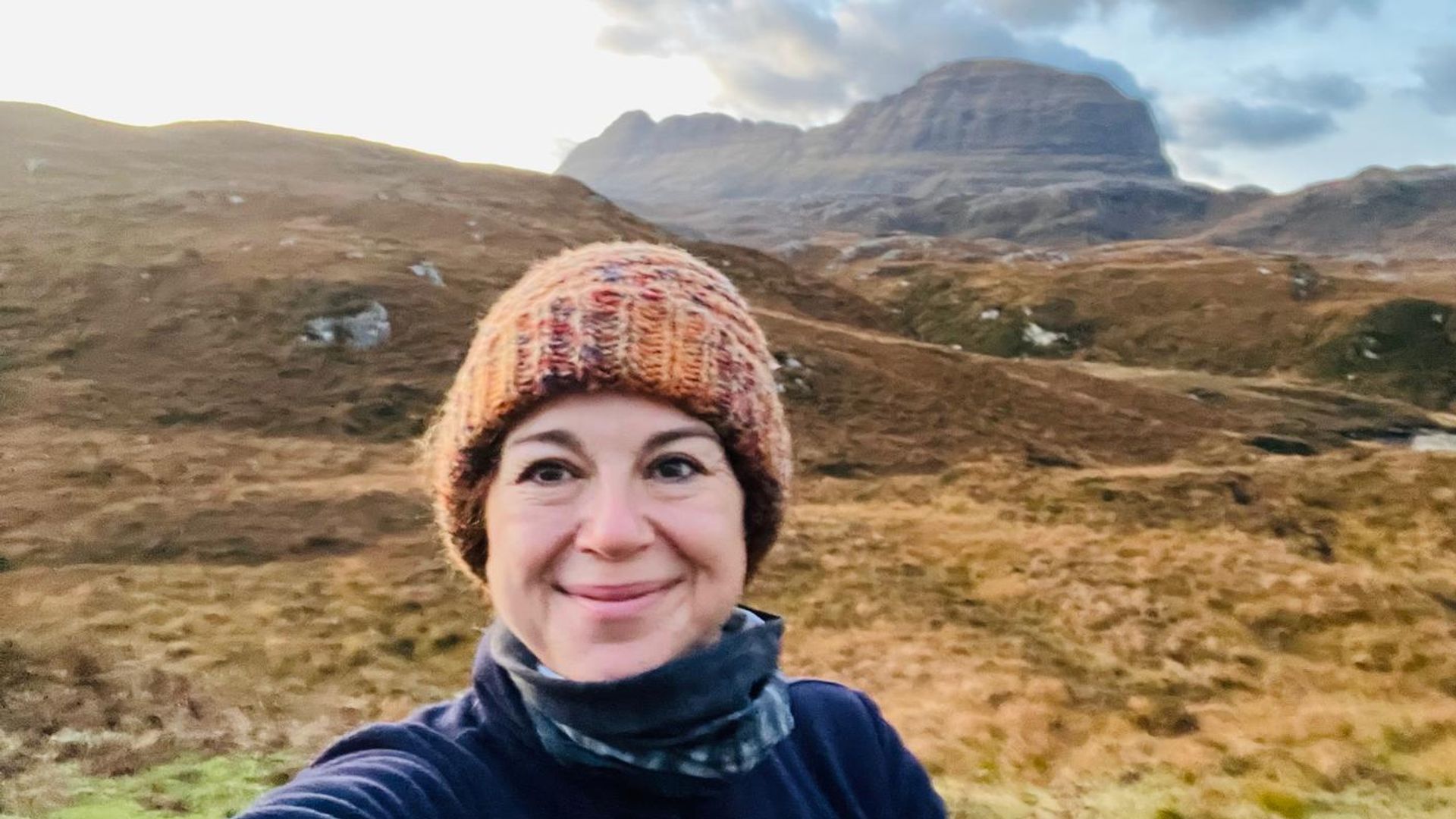
Head Harbor Passage is a world-class adventure. The channel between Eastport and Campobello is lively year round, but especially in late summer. I speak from experience. I just took my second trip of the year last week. I’m going again next week, and probably again in September.
Maine is full of ocean adventures. I board a boat every chance I get. But Head Harbor Passage is unique.
Credit the tide.
Farther up in the Bay of Fundy, the highest tides in the world reach 53 feet. That rush of water starts in Cobscook Bay. Tides here are double the height of those reached in Bar Harbor, even though Mount Desert Island is only 70 miles southwest.
The rushing tide gets further squished and accelerated between Campobello and the mainland. At midtide, the flow is so strong, the ocean looks like a river. Boats fighting the tide must throttle up just to stay in one place. I speak from experience.
For a brief time in the pre-COVID era, I liked to take my tiny inflatable boat into the channel to look for rare birds. Around that same time, there were two occasions when great white sharks attacked gray seals, as shocked tour boat customers watched.
The tubes on my inflatable are about the same shape, length and color of gray seals. I started to wonder if the sharks could tell the difference. I also wondered if the minke whales surfacing all around me would even notice, if they came up directly under me.
I stopped doing it.
I wasn’t completely crazy. I knew enough to avoid the Old Sow, the largest whirlpool in the Western Hemisphere. The swirling tidal eddies between Eastport and Canada’s Deer Island have a reputation for swallowing boats, mostly but not entirely exaggerated. Power boats can maneuver in the churning water without much problem, but it would be truly unwise to go in there with a keeled sailboat, sea kayak, or a 9-foot inflatable with a single-cylinder, 6 horsepower outboard.
Nowadays, I happily pay for Head Harbor boat tours. Take your pick. I’ve had great trips on all of them. In Lubec, the Tarquin books daily whale-watching trips from The Inn on the Wharf. For a more thrilling ride into the Old Sow, try Downeast Charter Boat Tours. The smaller boat takes only six passengers.
Most of the time, I end up in Eastport on the Ocean Explorer, one of two boats operated by Eastport Windjammers. When I first went out with Captain Butch Harris, it really was on a windjammer, the Sylvina W. Beal. But that was more than a quarter-century ago. The current vessels are more suitable for whale-watching excursions.
The powerful tide is the main reason so much sea life inhabits Head Harbor Passage. The current churns up immense amounts of food. Minke whales arrive earliest, and are easy to see all summer. Fin and humpback whales are less common, but visit regularly in late summer. Gray seals and harbor seals are frequent sightings, and you can’t miss the roaming pods of harbor porpoises.
But never mind all that. I go for the birds. Foods that attract sea mammals also attract seabirds. Immense flocks of gulls gather in the fall, mostly Bonaparte’s gulls. These tern-sized gulls are tree-nesters across the freshwater lakes of Canada. Many of them flood into Head Harbor Passage, after breeding. At peak, I’d estimate up to 20,000.
I look for rarities among the Bonaparte’s gulls. A variety called Little gulls are the smallest gulls in the world, nesting mostly across the top of Eurasia. There are small colonies in northern Canada, and a few spend their fall and winter in Head Harbor Passage.
Black-headed gulls are abundant in Europe, with a small colony in Newfoundland. These wander into the channel post-breeding as well. All these gull species have black heads, and they all lose the black at about the same time they molt into winter plumage. They are needles in a giant haystack. But with focused effort, you may find them in late summer.
Atlantic puffins and their cousins also visit the channel. Typically, the puffins stay out around East Quoddy Head Light, at the north end of Campobello. But razorbills and common murres bring their youngsters all the way up to the Eastport pier. Razorbills and murres raise only one chick per year, and it’s the father that brings them to sea.
Get on a boat, and don’t be surprised to see Dad with Junior in tow.











